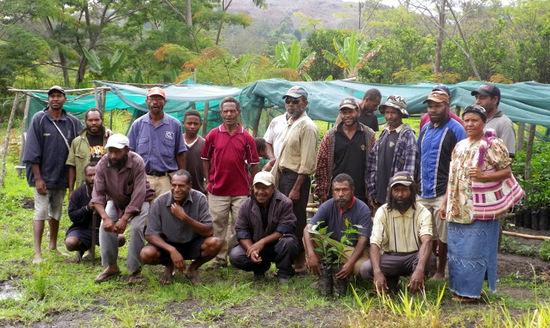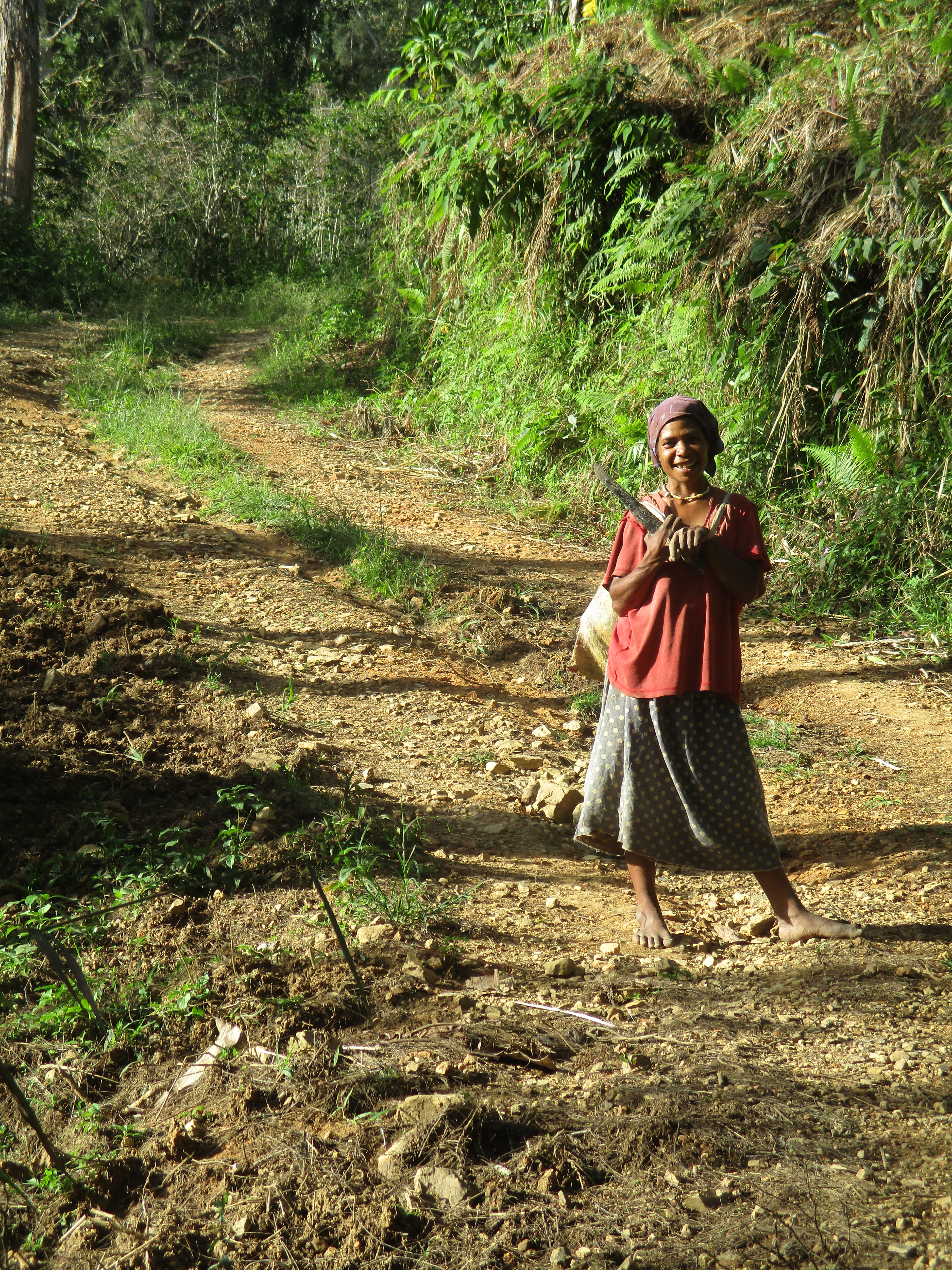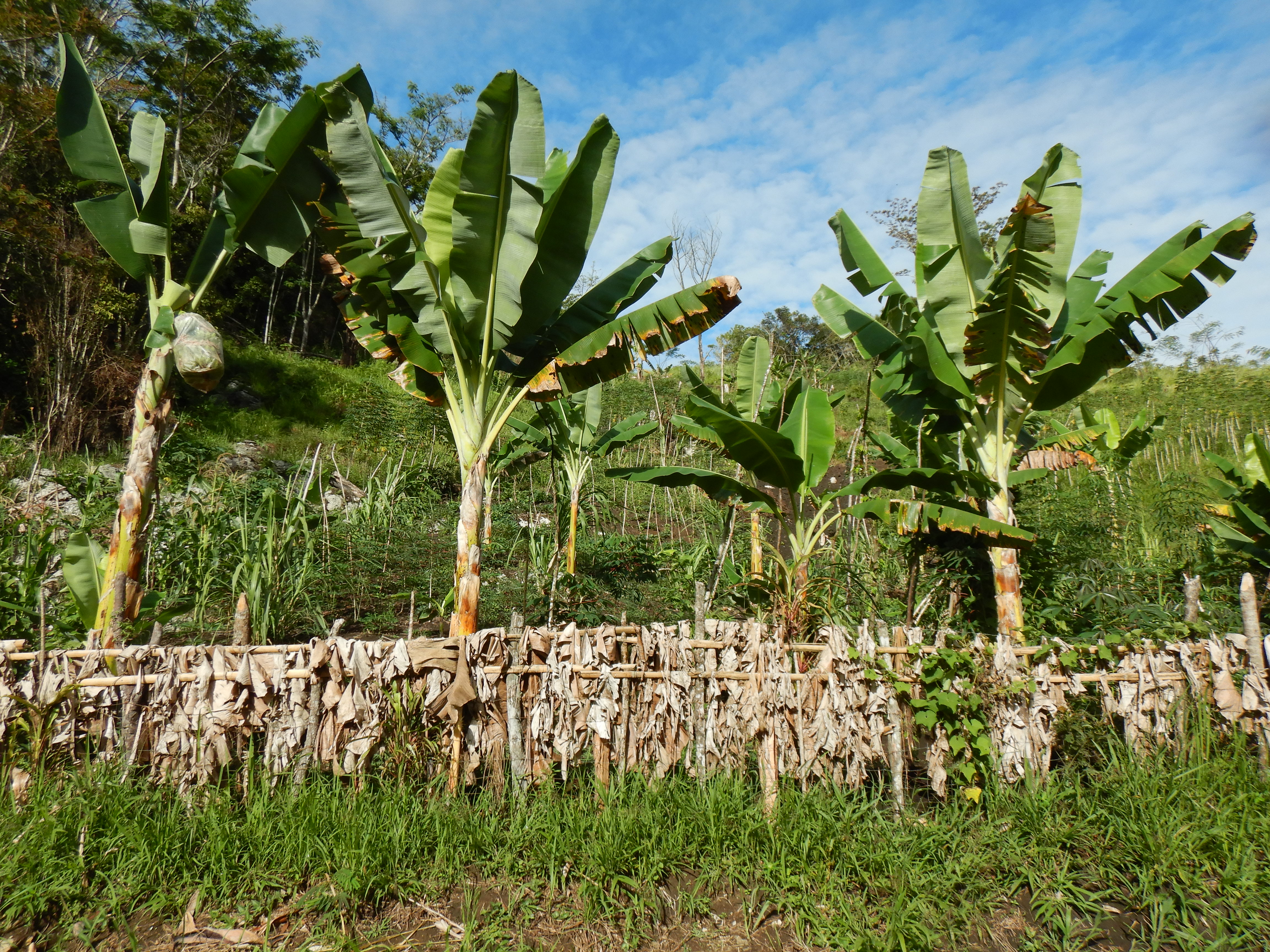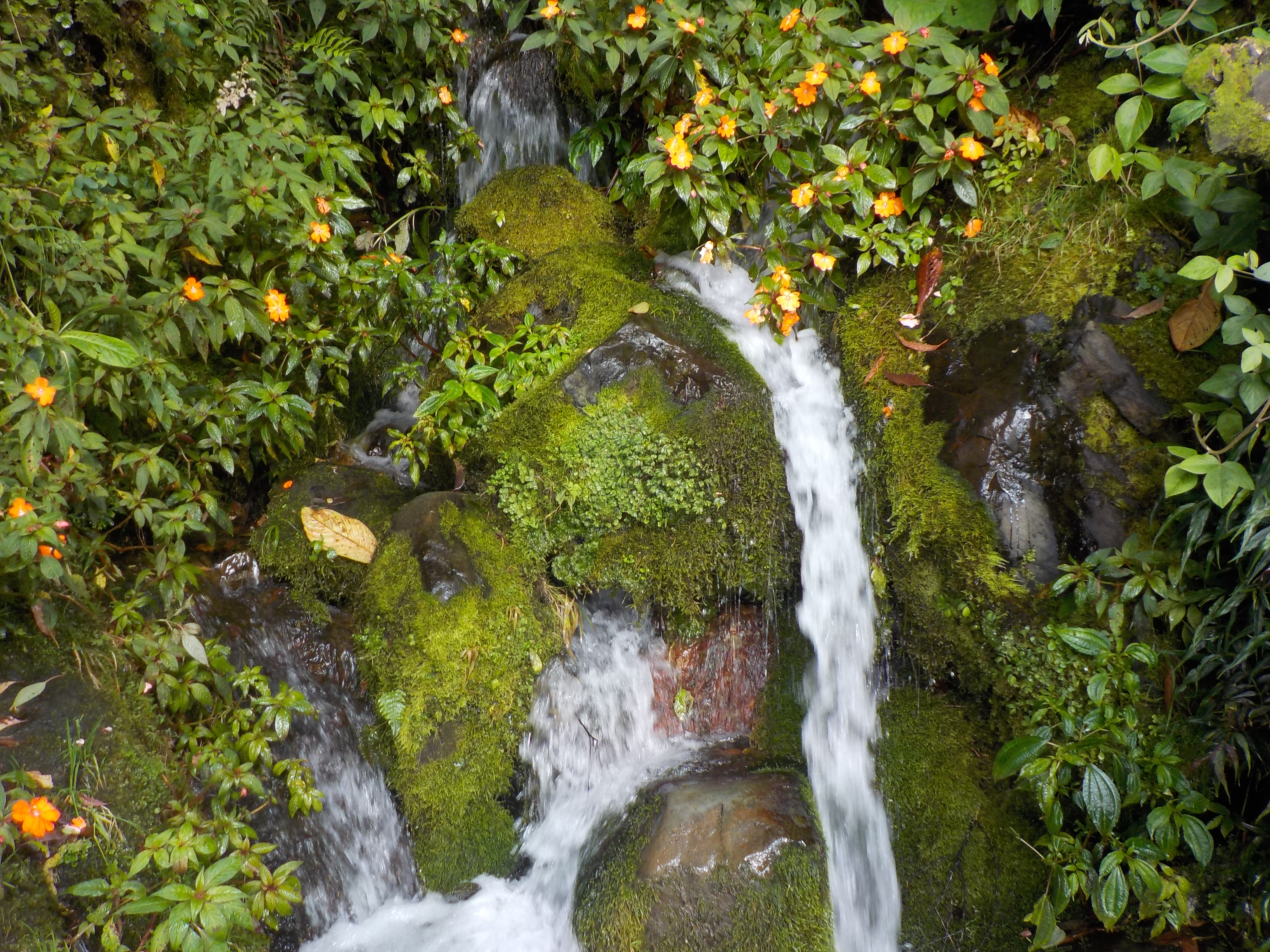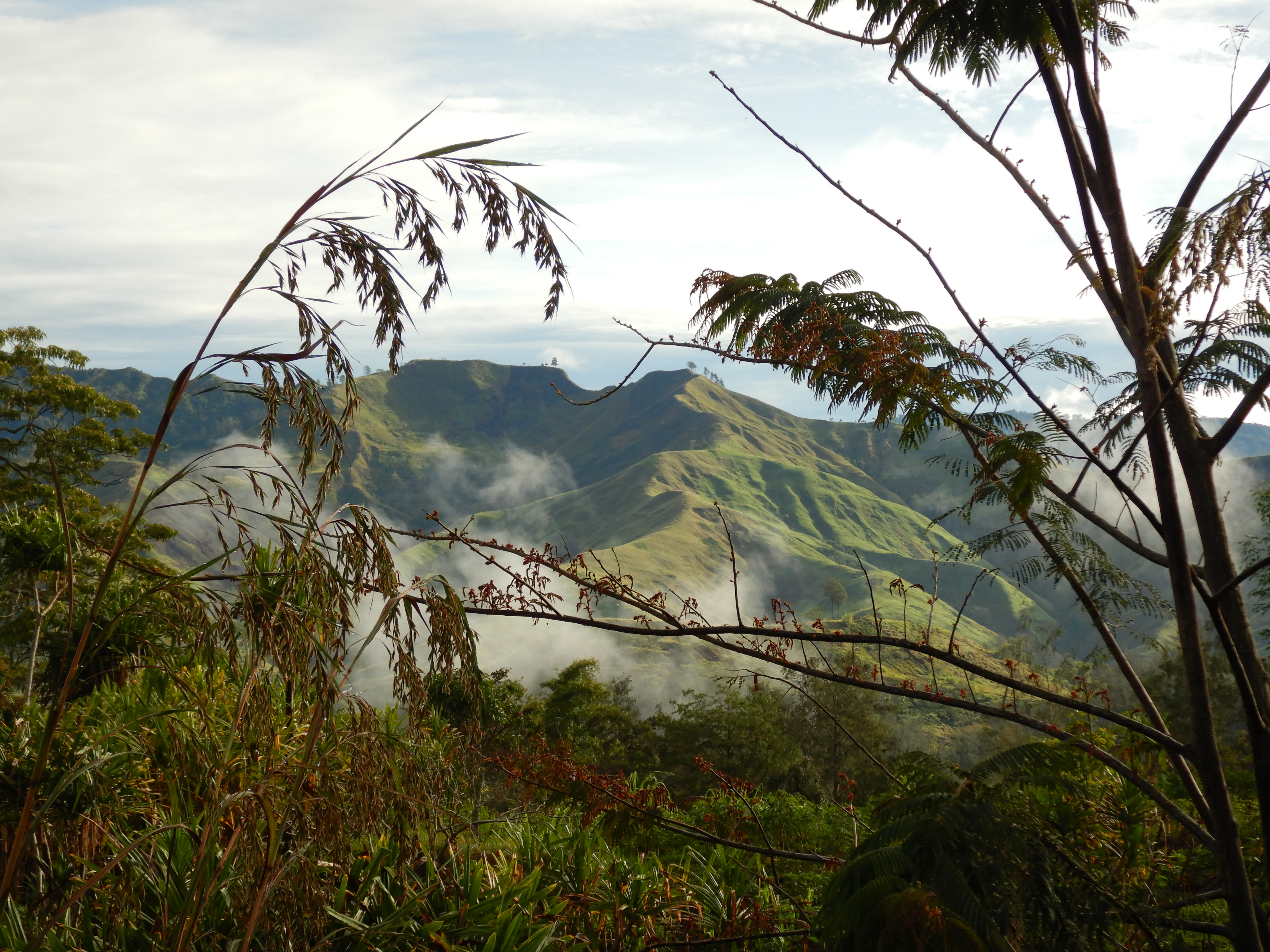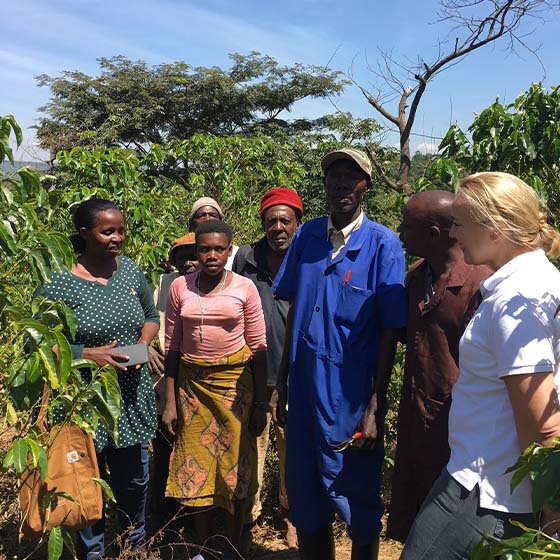In early 1945, as the war in New Guinea was subsiding, four village plots in the Korofeigu area were identified by the administration for coffee planting by the villages.Thirteen teenage villagers from Korofeigu and other surrounding areas were selected to be sent to a newly
created school for training in coffee production. For the next 12 months, government officials moved around the Eastern Highlands selecting village plots and encouraging them to plant seedlings while continuing to train the youth of these areas. The initial reaction of the indigenous population was of indifference; in a bountiful valley that could produce so much, it was thought that a crop that would take three years to harvest a return was a waste of time. Although some plots were neglected, none were removed, allowing the beginning of a coffee-farming culture in this area.
From these small plantings in and around Korofeigu, coffee would become the most important commodity in the development of the New Guinea Highlands. Today, it is Papua New Guinea’s most important agricultural crop, directly or indirectly providing the major source of income for a
third of the country’s population.
Coffee fact sheet

Papua New Guinea Korofeigu Cooperative
Cooperative Coffee, Project Coffee
A smooth, round body and a citric acidity. Flavours of fruits and herbs.
| Variety: | Ateng, Ganjang, Onan, S795, Tim Tim, Typica |
| Processing: | washed |
| Body: | Round, Smooth |
| Acidity: | Citric |
